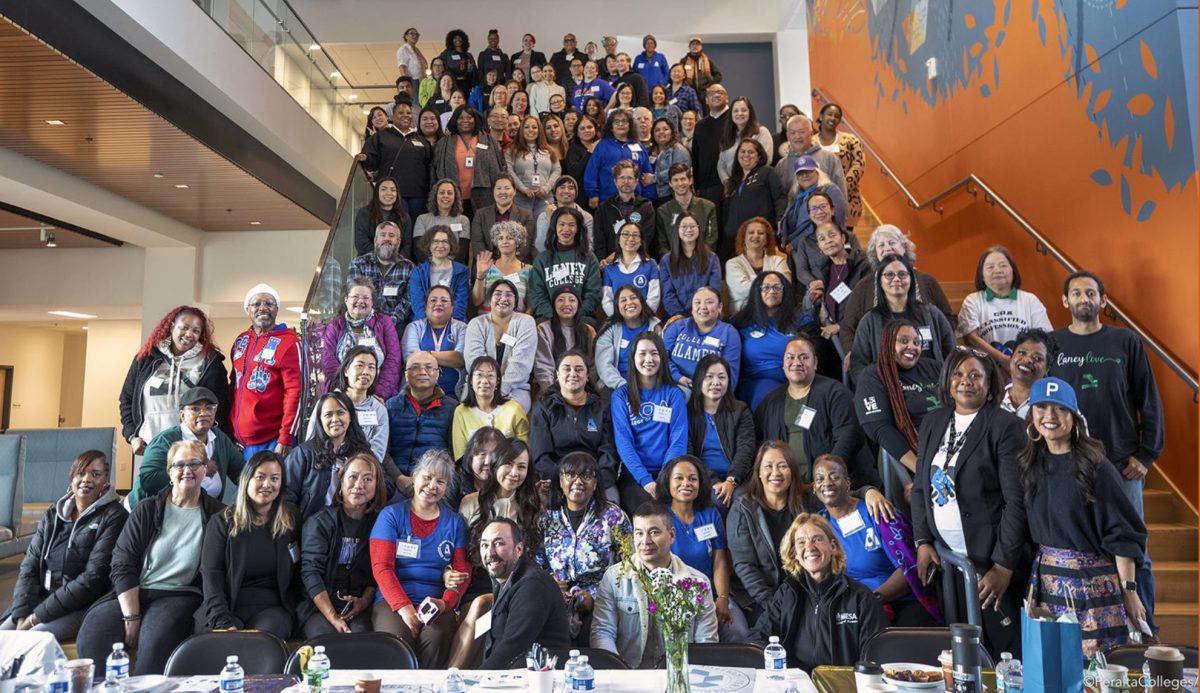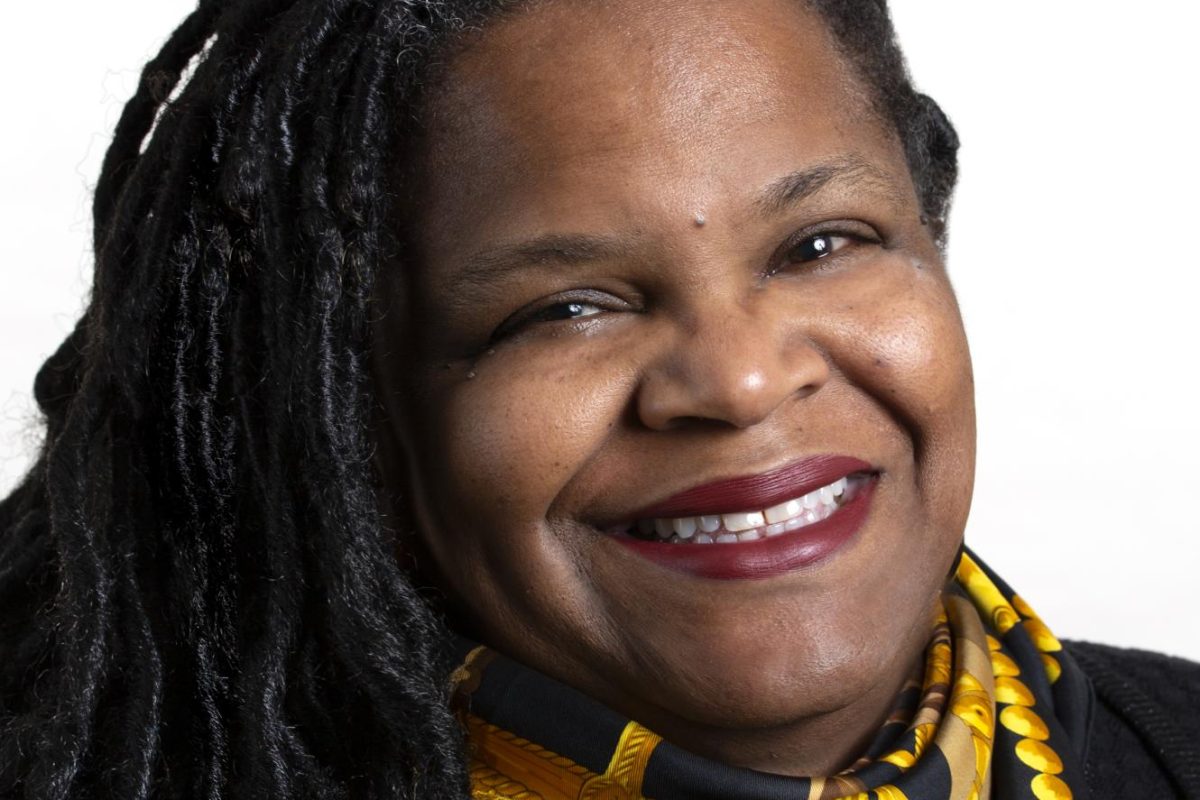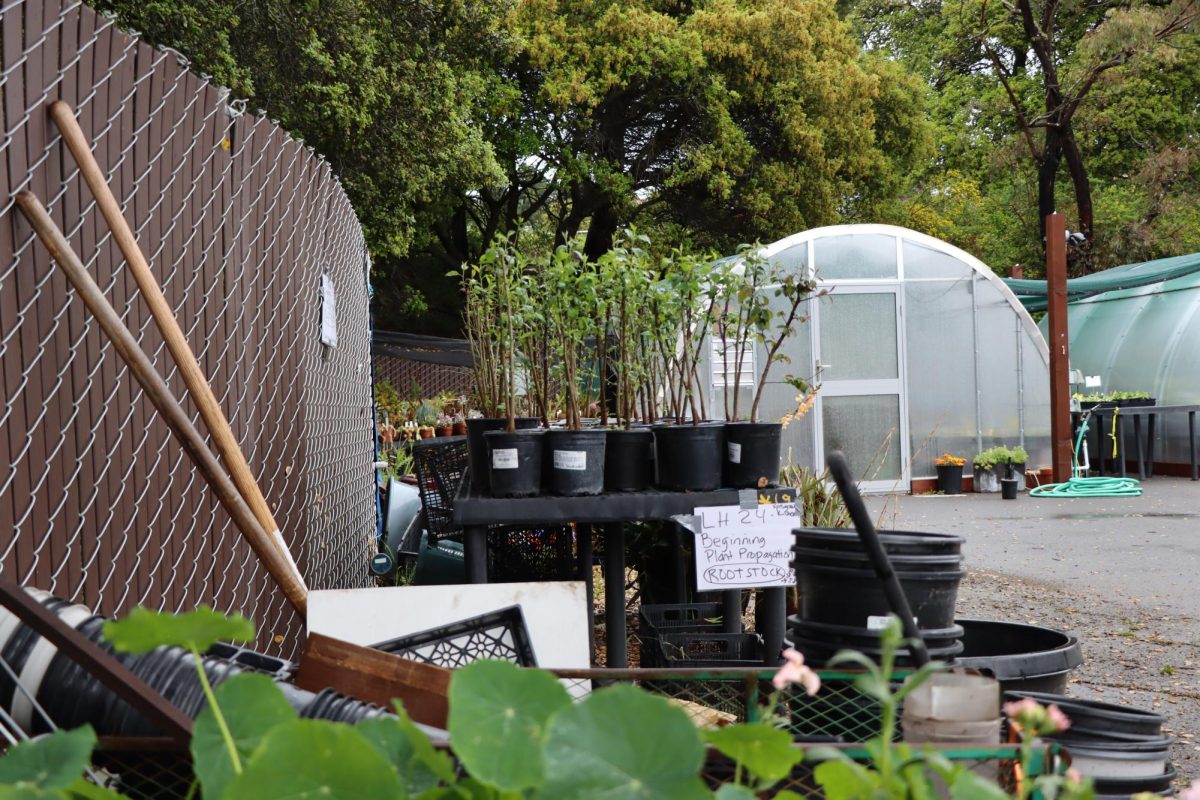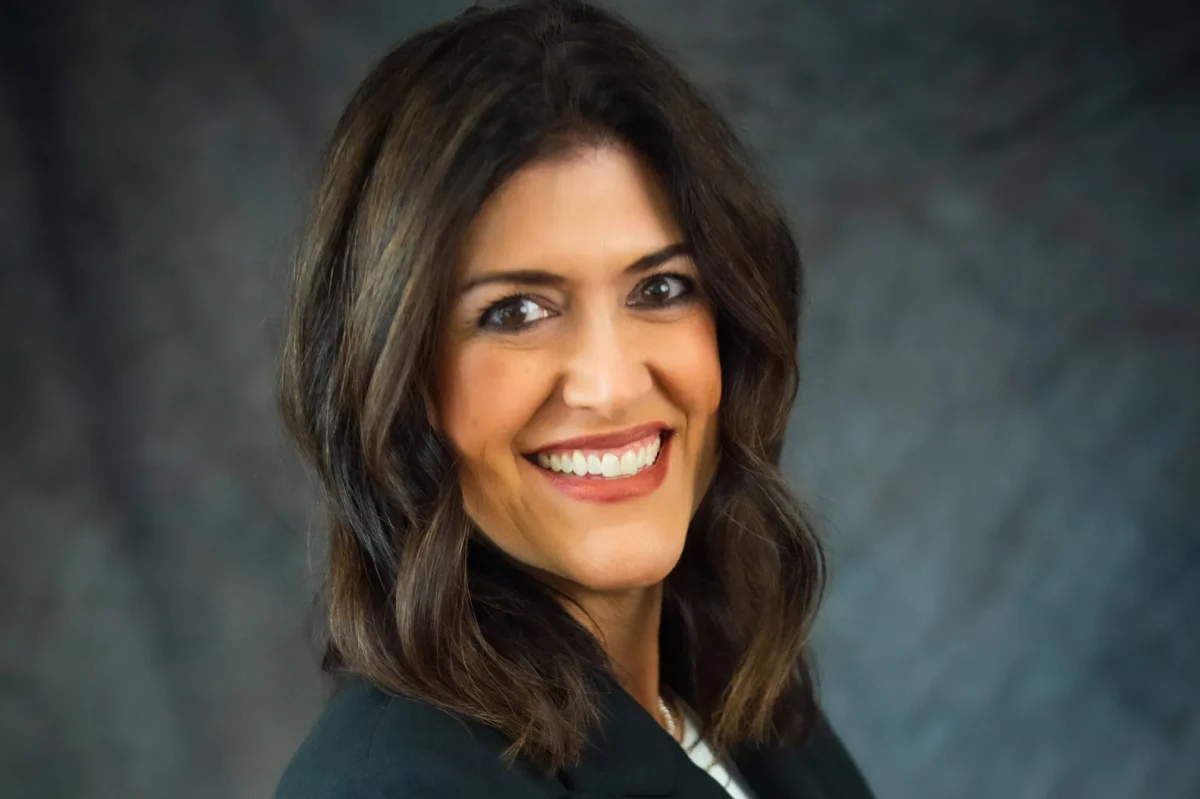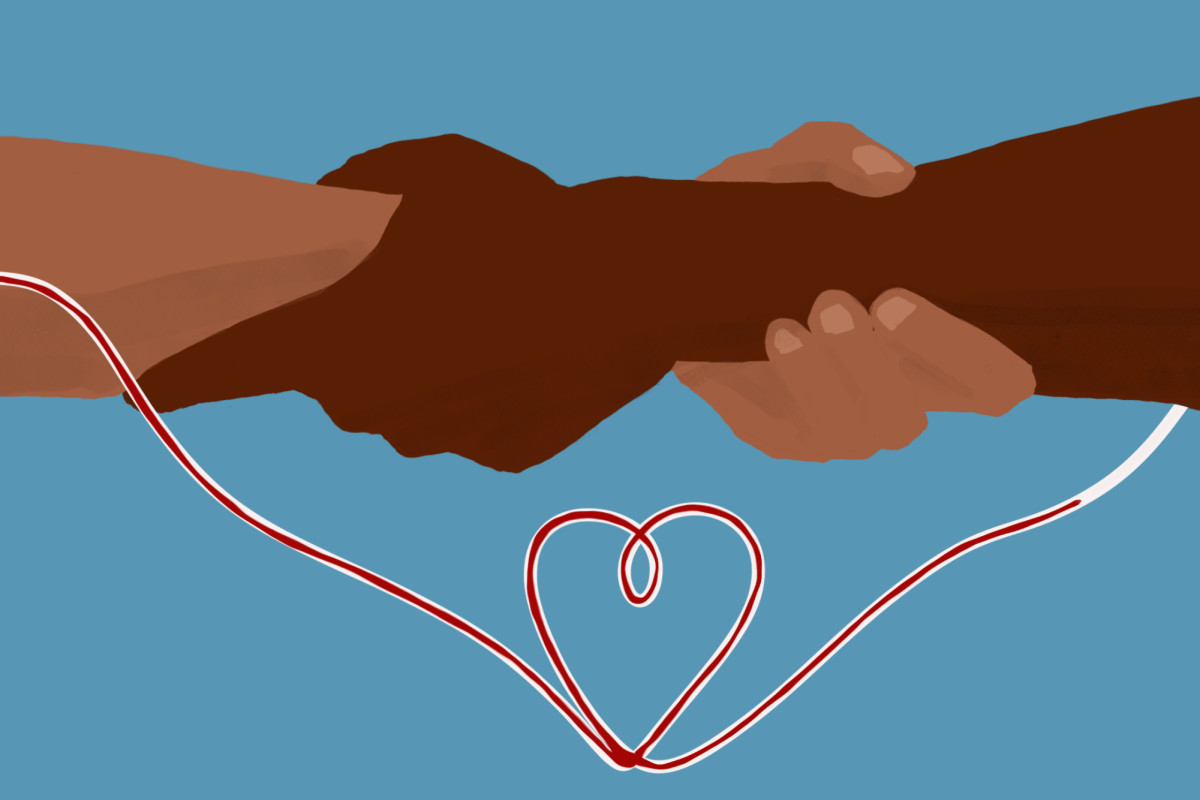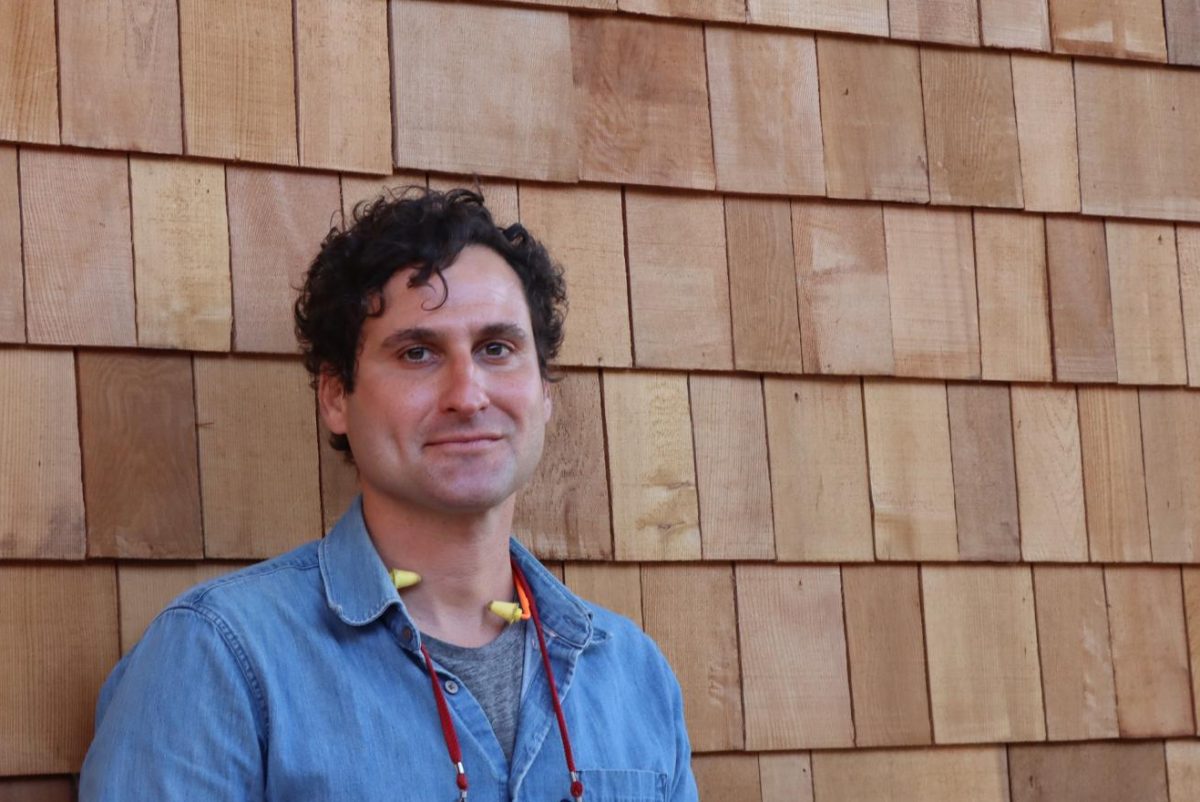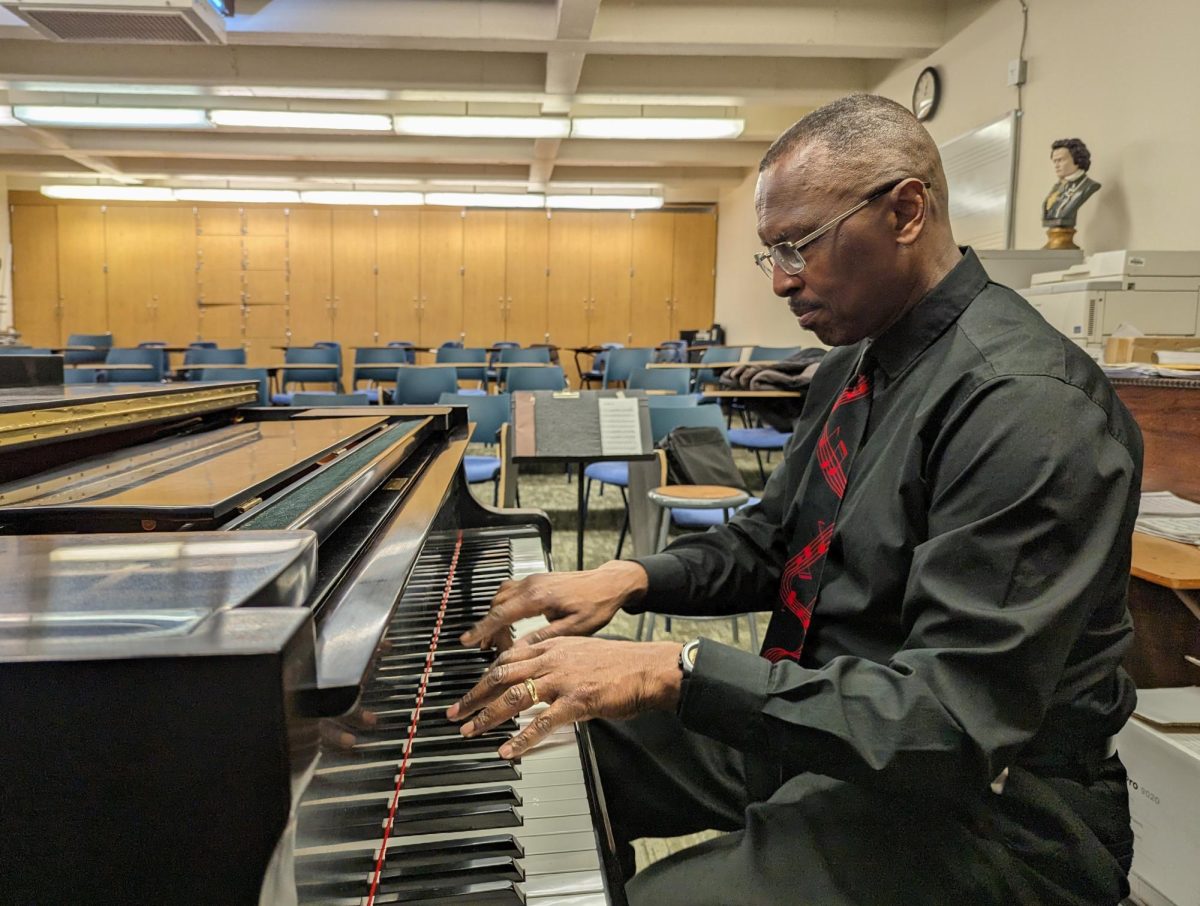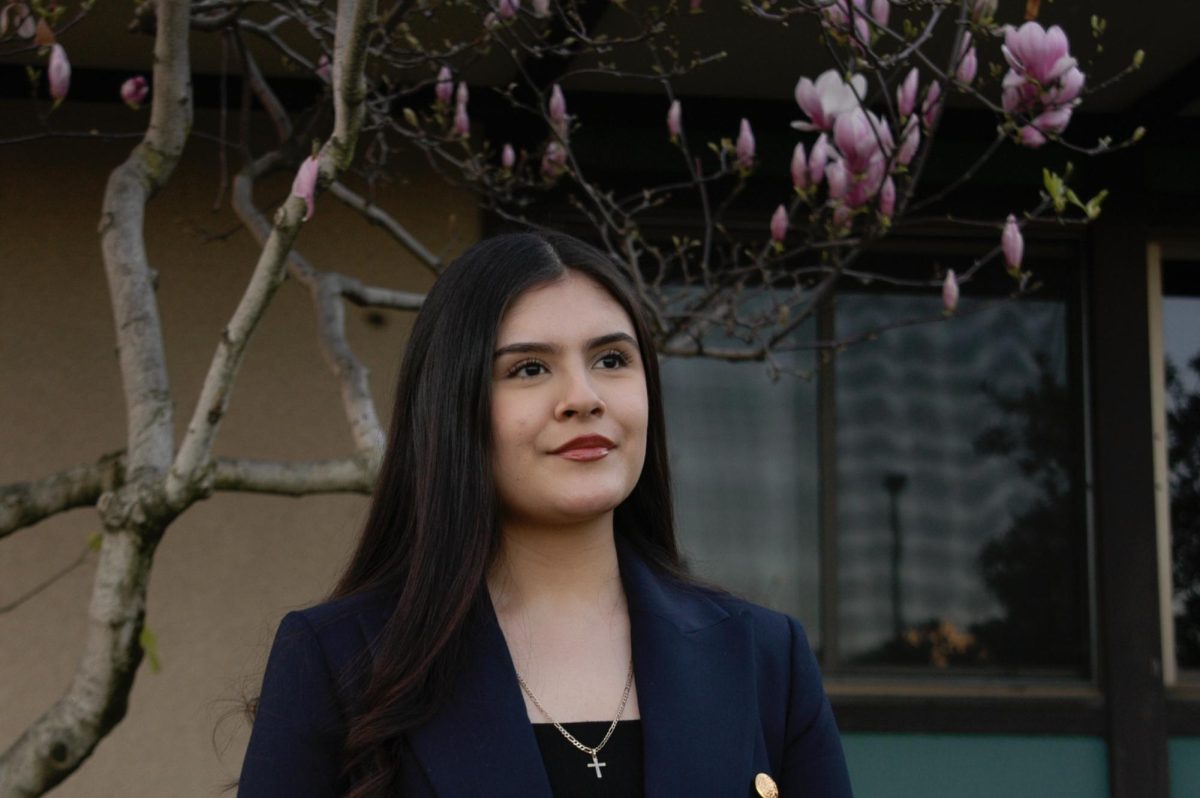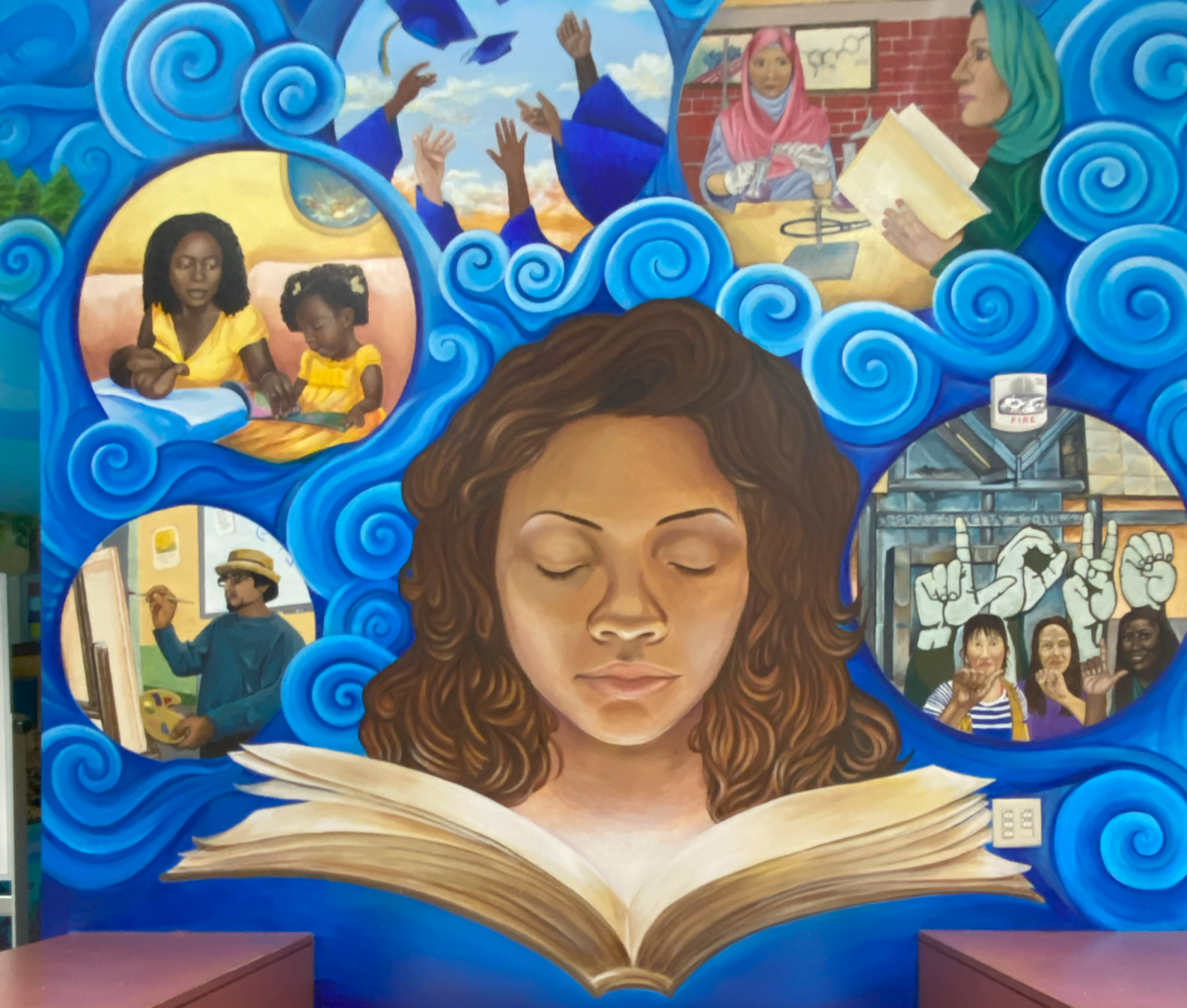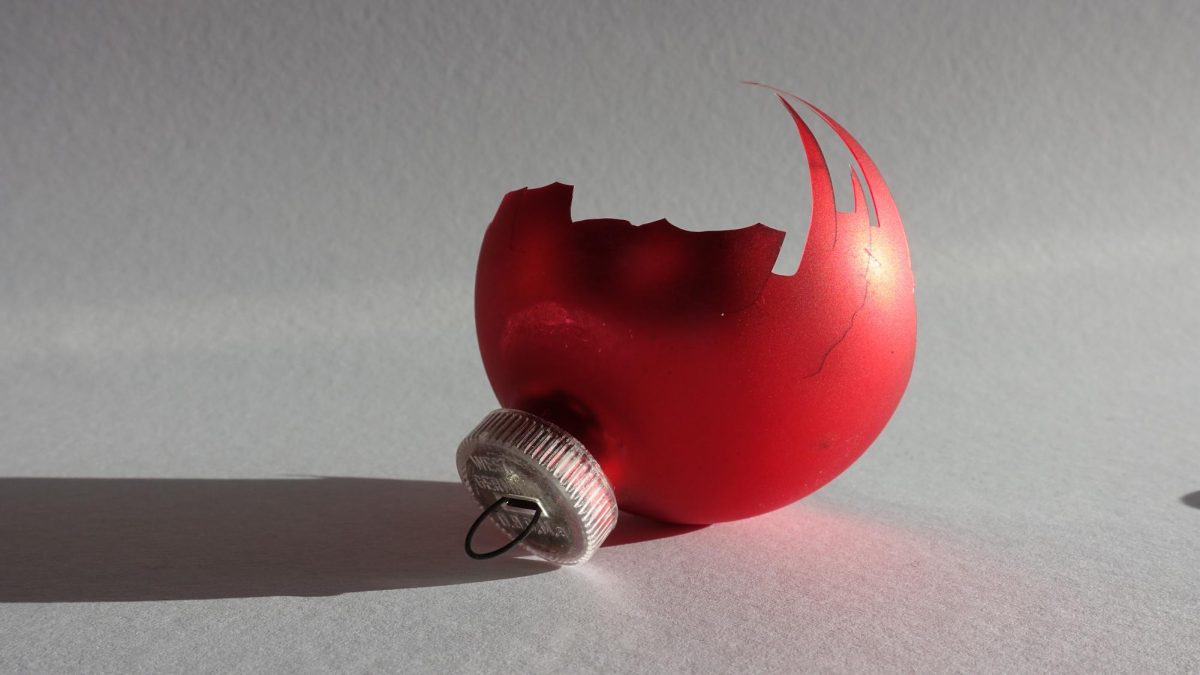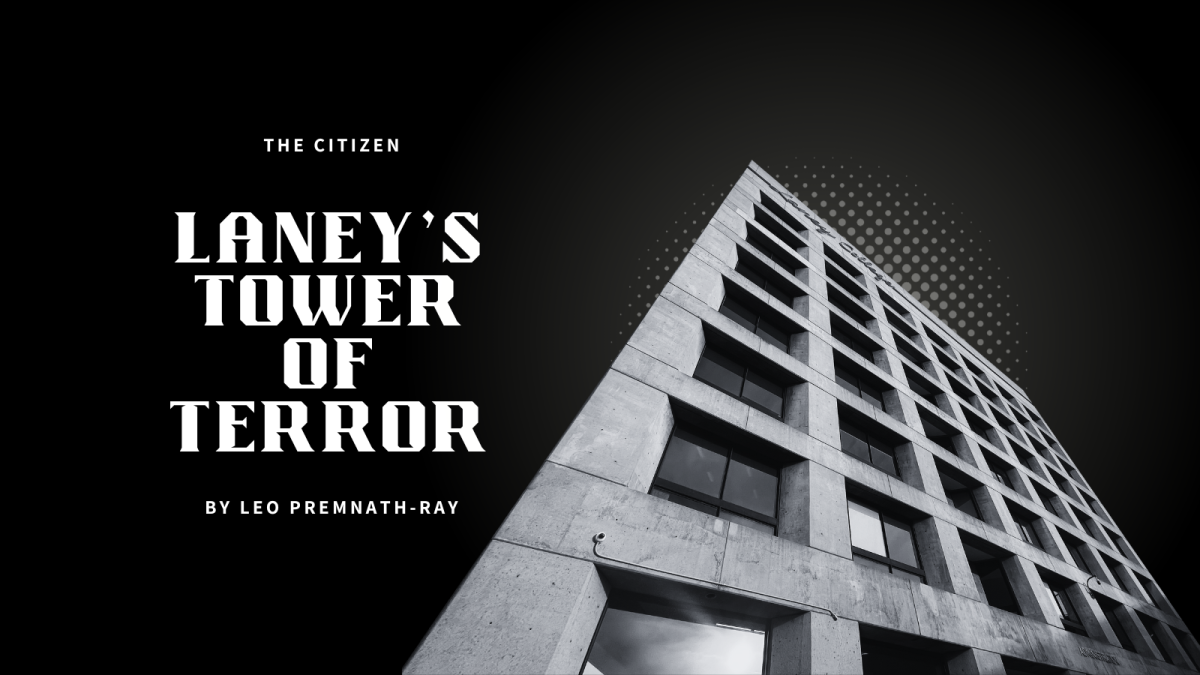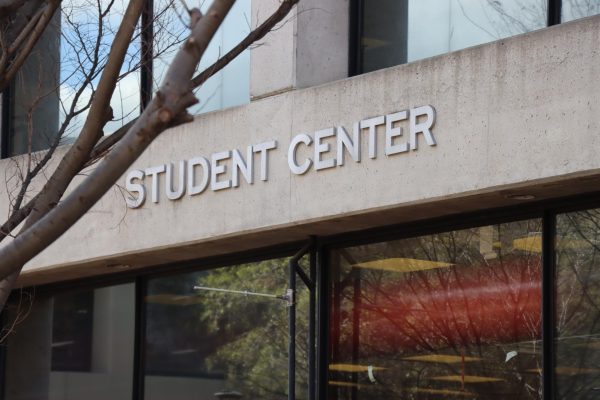A Laney Tower look into domestic violence and female incarceration
“I lost my identity as a person, had no self worth, and was drowning in my sorrows,” wrote Star Miranda in a 2016 letter to the Nevada State Board of Nursing.
Miranda wrote the latter in an attempt to regain her nursing license after having it suspended in 2015.
Miranda had been a nurse practitioner since 2010 — she was one of only three Black nurse practitioners in Reno, Nev.
Then, in 2015, she was arrested and charged with a DUI, and one count of reckless child endangerment soon after divorcing her husband and father of their four children.
In her letter, Miranda went on to say:
“Over the past 6 months, I have sought counseling, and attended numerous therapy sessions in efforts to address some personal underlying issues that caused me to go down a rocky road in my recent life.”
Those underlying issues were those of domestic violence and abuse, issues she began to struggle with when she entered the vicious cycle thousands of women live through every day.
The suffering she endured at the hands of her ex-husband made a normal life impossible — and she is not alone.
HARD FACTS

A woman is beaten every nine seconds in the U.S.
“It can happen to anyone, all races, nationalities all religions, all income and education levels, weak, and strong,” said Laney College Ethnic Studies Professor Alicia Caballero-Christenson.
So how serious is domestic violence in the U.S.?
According to The National Center on Domestic and Sexual Violence, the number of American troops killed in Afghanistan and Iraq between 2001 and 2012 was 6,488. The number of American women who were murdered by current or former male partners during that time was 11,766.
That’s nearly double the amount of military casualties.
“Violence against women is a crucial human rights issue that is largely marginalized by media and policymakers,” Caballero-Christenson said.
Experts also claim that women ages 16 to 24 are three times as likely to be domestic violence victims than woman in other age brackets.
The signs and patterns of an abusive relationship typically follow a step-by-step pattern.
The first step found in most abusive relationships is for the abuser to charm and seduce the victim.
The second step is to isolate the victim by moving, or some how excluding them by other methods away from their family, friends, coworkers, etc.
The third step in the domestic violence pattern is to introduce the threat of violence whether verbal or physical. This is used to “test the waters,” or to see how the victim reacts to the threats, if the victim is passive, dismissive, or forgiving, then the abuser usually will move to the fourth and final step, which is violence.
INCARCERATED
As for Miranda, she continues to fight to regain her nursing license in the state of Nevada while waitressing to support her and her four children.
“I now see just how broken I was from the abuse, and that this led me down a dark road,” she wrote. “I was out of grasps with any positive coping mechanisms because I was instead too busy trying to keep life flowing smoothly as possible for my children.”
Even though Miranda is a free woman today (on a $20,000 bond), she still faces the challenge of a single mother, trying to ensure her children’s safety and survival as stated in her letter
But rising rates of female incarceration have increased along with rates of domestic violence against women.
According to the Institute on Women and Criminal Justice and the U.S. Department of Justice, the number of women in prison has gone from less than 20,000 in 1980 to 120,000 in 2010, and the numbers since then have been steadily increasing.
Many of the woman in prison were abused during childhood and or adulthood perpetuating a vicious cycle which affects not only these woman, but their the families.
In fact, 67 percent of women in prison for killing a significant other did so in self defense, according to the National Center on Domestic and Sexual Violence.
CRIME AFTER CRIME
In 1983, Los Angeles’s Deborah Peagler was sentenced to life in prison for first-degree murder.
Peagler was a victim of domestic violence by a boyfriend who forced her into prostitution, molested her daughter from a previous relationship, and got Peagler pregnant, possibly to add leverage to his control over her.
Peagler attempted to escape her abuser several times, and had contacted local law enforcement who were of little or no help.
Peagler’s struggle was brought to the attention of local Crips gang members, who beat her abuser to death in an effort to protect Peagler.
After being accosted by law enforcement and threatened with the death penalty, Peagler pleaded guilty to first degree murder, which would gave her life in prison.
In 2002, 19 years later, a new law offered her a new possibility when California became the first state to allow domestic violence cases like Peagler’s to be reopened.
Two rookie land-use attorneys soon took on Peagler’s case, brought back witnesses, got new testimonies from the men who committed the murder and even found proof of perjured evidence,.
Around the same time a documentary film maker by the name of Yoav Potash decided to produce a documentary film about her struggle, which created much needed exposure to Peagler’s case.
The documentary is titled ‘Crime After Crime,’ which filmed Peagler and her two lawyers through the duration of her appeal.The film was released in 2011, and is responsible for a grassroots movement that advocated for Peagler’s freedom.
Caballero-Christenson uses the film in her Women of Color class in order to teach her students about issues surrounding female incarceration and violence angainst women.
Latajh Williams, a Laney Political Science major, said “[the movie] really shed light on our corrupt judicial system, which shells out unjust prison sentences to victims for defending the first rule of human nature which is selfpreservation.”
In a tumultuous seven-year battle, Peagler was granted parole, but the final decision would be made by former Governor of California Arnold Schwarzenegger, who was known for overturning the parole of other incarcerated survivors of abuse and cutting all state funding of domestic violence agencies.
However, to much astonishment, Peagler was released from prison in 2009 after serving nearly 30 years in prison.
HURT PEOPLE HURT
Statistics reveal that “hurt people” tend to hurt people.
According to the World Health Organization, men who were abused as children, or were exposed to domestic violence as children are three to four times more likely to perpetrate intimate partner violence as adults than men who did not experience domestic abuse as children.
“My father grew up seeing his father beat on his mother, and I watch my father beat on my mother,” Laney student Mario Rodriguez said. “I just pray to God that I won’t follow in their footsteps.”
Men too can be victims of domestic violence, reportedly making up 15 percent of domestic violence cases in the U.S.
Even more disturbing is that each year, 324,000 pregnant women are physically or sexually assaulted by an intimate partner. Pregnancy can be an especially dangerous time for women in abusive relationships, and abuse can often begin or escalate during the pregnancy.
Domestic violence accounts for a large portion of maternal mortality and homicide is the second-leading cause of injury related deaths in pregnant and post partum women in the U.S. following automobile accidents, according to the American Journal of Public Health.
GETTING OUT
If you or someone you know is involved in an abusive relationship there are many organizations in the Bay Area and which can provide the resources necessary to leave the situation.
Contact information for some of these is available below.
BREAKING FREE: Shelters and hotlines for domestic violence victims
leavingabuse.com
A very helpful website that provides meticulous step-by-step, details on how successfully leave an abusive relationship.
save-dv.org
A woman’s shelter in Fremont, founded in 1976. Save provides emergency shelter, as well as a community resource center which offers services and programs which encompass wellness and exercise, financial planning, job preparedness, computer lab access, individual and family counseling, and more. 24 hour hotline available at (510)794–6055.
INCITE (incite-national.org)
A network of women of color who are dedicated to fighting against violence against women. They also have a series of anthologies you can check out.
thehotline.orgIf you are an abuser, there are resources available as well: the National Domestic Violence hotline provides a confidential platform for abusers to discuss unhealthy behavior, they also provide referrals to battering intervention and prevention programs. They can be reached at 1–800–799-SAFE (7233).

